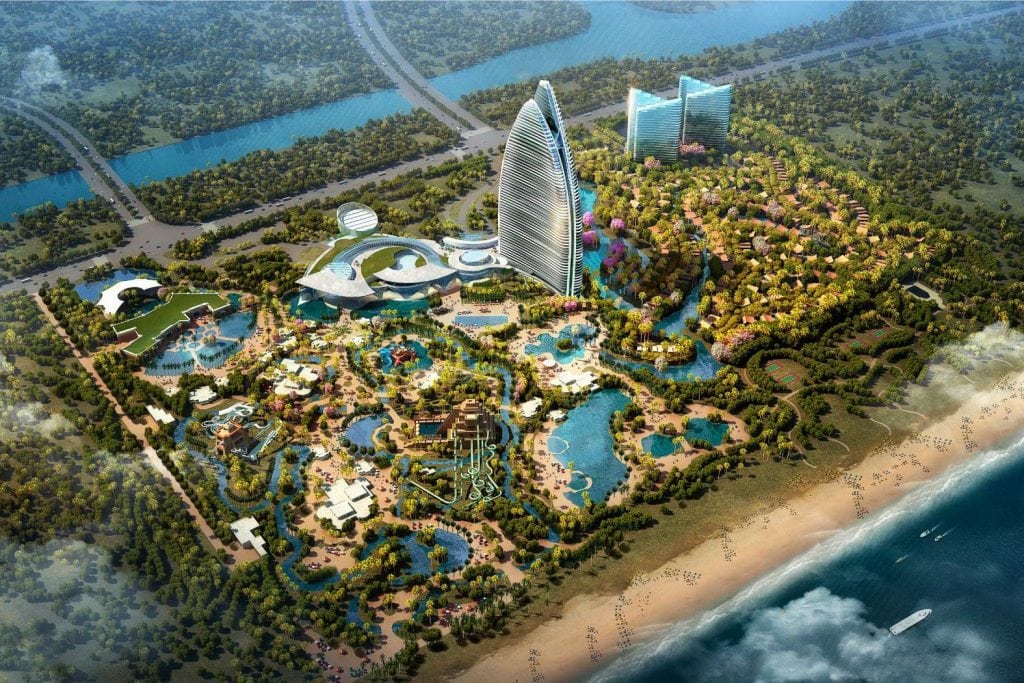China Aims to Attract More Luxury Travelers to Hainan

Skift Take
Chinese luxury travelers are making a mark on resort destinations around the world. But China itself is not largely considered a luxury resort destination for inbound travelers. The Chinese government is looking to change that equation.
If you haven’t been paying attention to what’s happening in China’s Hainan Province lately, you may be overlooking one of the world’s top destinations for new luxury tourism development.
Hainan, known as the Hawaii of the East, is an island province in the South China Sea. Sanya, located on the southern tip of the island, is the preferred domestic destination for established Chinese high-net-worth travelers. Given Chinese president Xi Jinping‘s vow to make the area a pilot zone for reform, the aim is to bring more luxury travelers in from overseas.
According to Xinhua, the official press agency of the People’s Republic of China, only 1.1 million of the 67 million who visited Hainan last year were foreign (2017 marking t
